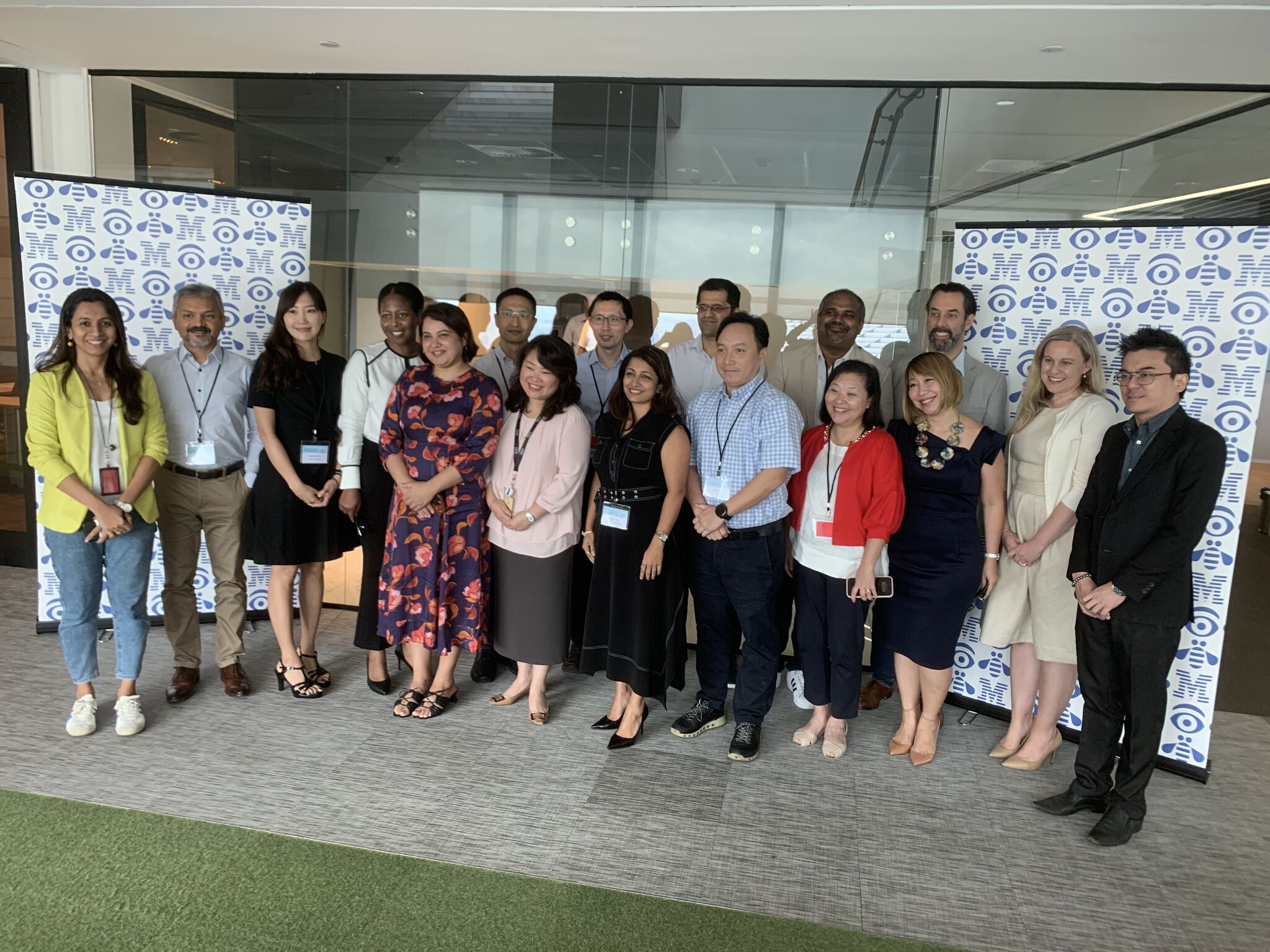Redefining work by harnessing AI and automation

CHROs from leading organisations in Singapore joined IBM and HRM Asia in an engaging and thought-provoking roundtable on June 9, which took a deep dive into how organisations can use AI and automation together to reimagine work by unlocking new levels of productivity.
As employees navigate through multiple applications and data continues to grow exponentially, the role of AI and automation is growing beyond being mere technologies. Instead, they should be seen as defining platforms and transformative tools that organisations should embrace, said Nickle LaMoreaux, CHRO, IBM.
She added, “I believe AI is more akin to the Internet. If you consider it now, you can be an organisation that excels in analytics or even one that struggles in that area, and you can still survive, especially in HR. However, if your organisation isn’t embracing the Internet, then you simply cease to exist. And that’s the direction we’re heading with AI. It will become a defining platform, not just another piece of technology.”
LaMoreaux was speaking at a recent CHRO Roundtable Discussion on Work, reimagined: Unlock new levels of productivity with AI and automation. Organised by IBM and HRM Asia, the roundtable saw CHROs from top organisations in Singapore come together to share strategies on how to unlock new levels of productivity by leveraging AI and automation.
Together with Chetan Krisnamurthy, CMO and VP, Marketing and Communications, IBM APAC; Tanya Heng, Vice-President Human Resources, IBM APAC; Purushothama Shenoy, CTO, Technical Sales Leaders, IBM Singapore; and Scott Layton, Business Transformation Leaders, IBM APAC, LaMoreaux provided examples of AI and automation applications already in use at IBM, and explained how these have the potential to revolutionise HR.
She explained, “We have 280 different AI and automation applications running in HR, including reconciliation of benefits and payroll, automated bots, and an AI-enabled chatbot that is our first line of interaction for all of our employees.”
Responding to questions about maximising user experiences and ensuring the ethical use of AI, LaMoreaux emphasised the importance of establishing policies and principles around AI implementation, particularly in HR. She elaborated, “It is crucial to establish a clear point of view, policy, and principles around AI… we approach technology initiatives pragmatically, ensuring they work effectively while also taking responsibility for the data we protect, especially employee data.”
While AI and automation can drive transformation in the workplace, Neetha Nair, CHRO at Prudential, emphasised the indispensability of human value-add. Humans possess the ability to interpret data and identify actionable insights, she said, and their role become crucial in leveraging AI-driven information to drive strategic decision-making. For organisations to adapt fully to the evolving technology landscape, a mindset change is required, and this will time to come to fruition, Nair added.
Joining in the discussion, Lillian Yeo, Deputy CHRO of Tan Tock Seng Hospital (TTSH), shared her organisation’s experiences in the digital transformation journey, which centred around the slogan of HR Anytime, Anywhere. When implementing digital workplace or technology initiatives, it is important to consider HR, first-line managers, and staff perspectives. A holistic approach, said Yeo, ensures effective communication, empowers managers, and supports employees’ wellbeing.
READ MORE: Remote work may not benefit all employees, says IBM CEO
The roundtable also explored how AI and automation can enhance employee experience throughout the talent lifecycle. LaMoreaux emphasised the value of collaboration between AI and automation and envisioned a future where the distinction between the two becomes irrelevant. In her perspective, an AI journey encompasses different stages of development. The first step involves chatbots that provide answers to user queries. She explained, “Five years ago, you know you’re talking to a chatbot. Now, it’s much simpler, easier; you can type in any phrasing and recognise what it is. As AI technology progresses, chatbots are becoming more refined and less chatty, which enhances the user experience.”
The second step in the AI journey is customisation, which holds great potential, according to LaMoreaux. For instance, if an employee asks a chatbot about the company’s vacation policy, the chatbot can not only provide the policy but also personalise the response by informing the employee about the specific number of vacation days accrued, days taken, and days remaining. This customisation allows AI to retrieve information that is deeply personal to the individual, enhancing its usefulness and relevance.
The third step, which LaMoreaux described as “where the true beauty of AI lies”, is the stage where AI actively performs tasks and transactions on behalf of users. She described, “Now the chatbot knows I have 23 days of vacation leave left and I’d like to put in a request. The chatbot can put in this request in the system, eliminating the need for me to log in. It can also provide a draft email to send to my manager, and I can customise the email with additional information or specify who will cover for me.”
Click here to find out more about how IBM Watson Orchestrate is helping business professionals get more work done faster.



